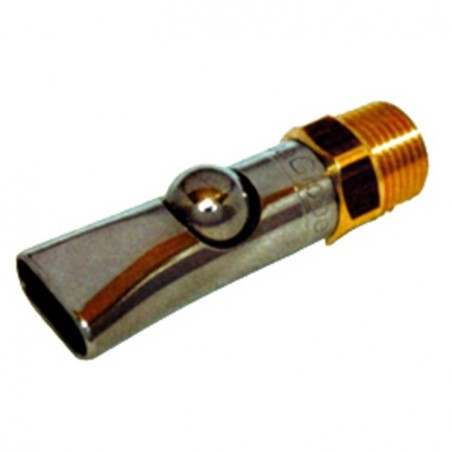Esterified acid oils are obtained by reacting acid oils with glycerol. Because these technical fats have an increased proportion of saturated fatty acids located at the acylglycerol sn-2 position, and a higher amount of mono-(MAG) and diacylglycerol (DAG) molecules than native oils, it was hypothesized that esterified acid oils could have higher nutritive value than their corresponding acid oils and even than their corresponding native oils for pigs. The aim of the present study was to compare the effects of esterified palm acid oils with different acylglycerol structure, with their corresponding acid (negative control) and native (positive control) oils in fattening pig diets. For this purpose, 72 pigs (36 boars and 36 gilts of 24.7 ± 0.30 kg) were ranked by 9 blocks of initial weight, housed in adjacent individual boxes, and fed one of the 4 dietary treatments, which were the result of a basal diet supplemented with 4% of native palm oil (P-N), acid palm oil (P-A), esterified palm acid oil low in MAG and DAG (P-EL) or esterified palm acid oil high in MAG and DAG (P-EH). In addition, a balance study was conducted from d 6 to 9 using an inert marker. At the end of the trial (100d), 6 pigs per treatment were slaughtered and backfat was analyzed for fatty acid composition.
Esterified palm acid oils achieved higher total fatty acid apparent absorption than their respective native and acid oils, mainly due to the increased saturated fatty acid apparent absorption. This resulted to an improvement growth performance and an increased saturated fatty acid deposition in pigs fed with P-EH when compared to those fed P-A.

Vilarrasa, E., Barroeta, A.C. and Esteve-García, E. 2014. Use of esterified palm oils with different acylglycerol structure in fattening pigs diets. Book of Abstracts of the 65th Annual Meeting of the European Federation of Animal Science, Copenhagen, pp 112. (Abstract).





